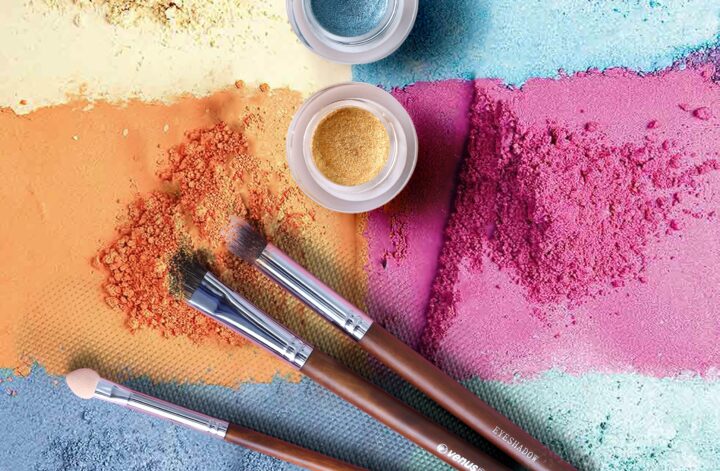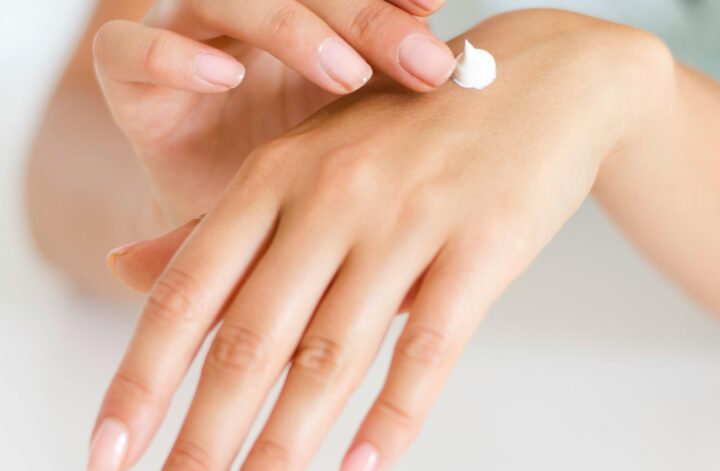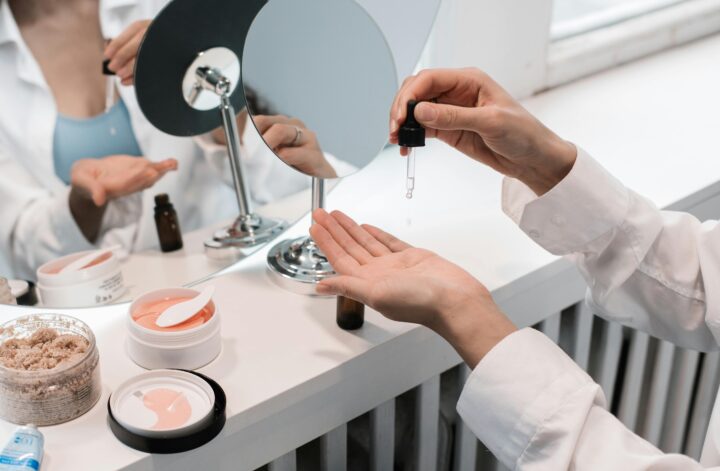Makeup is a form of self-expression, a way to enhance our features, and boost our confidence. However, the journey to achieving a flawless makeup look starts with understanding the fundamentals of color theory. When it comes to makeup, one size does not fit all. The key to nailing that perfect makeup look is selecting the right colors that complement your unique skin tone. In this blog post, we will delve into the world of color theory and explore how to find the makeup hues that harmonize beautifully with your skin, enhancing your natural beauty.
Understanding the Basics of Color Theory
Color theory is the foundation of all makeup. It’s the art of selecting colors that work harmoniously together, considering factors like contrast, complementary shades, and balance. In the realm of makeup, this theory is applied to enhance your features, create dimension, and ensure your skin looks its best.
Identifying Your Skin Undertone
Before diving into makeup, the first step is identifying your skin undertone. Skin undertones typically fall into one of three categories: warm, cool, or neutral. Here’s how to determine your undertone:
Vein Test: Check the veins on your wrist. If they appear greenish, you likely have a warm undertone. If they appear bluish, your undertone is cool. If you can’t clearly distinguish between the two, you may have a neutral undertone.
Jewelry Test: Consider which metal jewelry complements your skin better. Warm undertones tend to look better with gold, while cool undertones are often enhanced by silver.
White Fabric Test: Hold a piece of white fabric near your face. If your skin appears more radiant and healthy next to a pure white fabric, you likely have a cool undertone. If it looks better against an off-white or cream fabric, you probably have a warm undertone.
Choosing Makeup Colors Based on Your Undertone
Once you’ve identified your undertone, it’s time to select makeup hues that accentuate your skin’s natural beauty:
For Warm Undertones:
Foundation: Look for foundations with warm, golden, or yellow undertones. They will blend seamlessly with your skin.
Lipstick: Opt for warm shades like coral, terracotta, or warm reds.
Eyeshadow: Earthy tones such as browns, warm golds, and olive greens complement warm undertones beautifully.
For Cool Undertones:
Foundation: Choose foundations with cool or pink undertones to create a harmonious look.
Lipstick: Cool pinks, berry shades, and blue-based reds are excellent choices for cool undertones.
Eyeshadow: Cool-toned eyeshadows like soft purples, grays, and silvers enhance cool undertones.
For Neutral Undertones:
Foundation: Lucky you! Most shades will work for neutral undertones. Just ensure that the foundation doesn’t have an extreme warm or cool undertone.
Lipstick: Experiment with various lipstick colors, from nude to bold, to see what complements your neutral undertone best.
Eyeshadow: Neutrals like taupes and warm browns are versatile choices for neutral undertones.
Experiment and Adapt
Remember that makeup is an art, and there’s no one-size-fits-all rule. Feel free to experiment with different shades and adapt your makeup choices to your style and mood. Makeup is a tool for self-expression, so enjoy the process of discovering what colors make you feel your best.
Conclusion
Understanding color theory is the secret to choosing makeup hues that enhance your natural beauty. By identifying your skin undertone and selecting makeup shades that complement it, you can create a makeup look that not only makes you look great but also boosts your confidence. So, dive into the world of color theory and watch your makeup game reach new heights as you unveil a spectrum of possibilities that harmonize beautifully with your unique skin tone.




